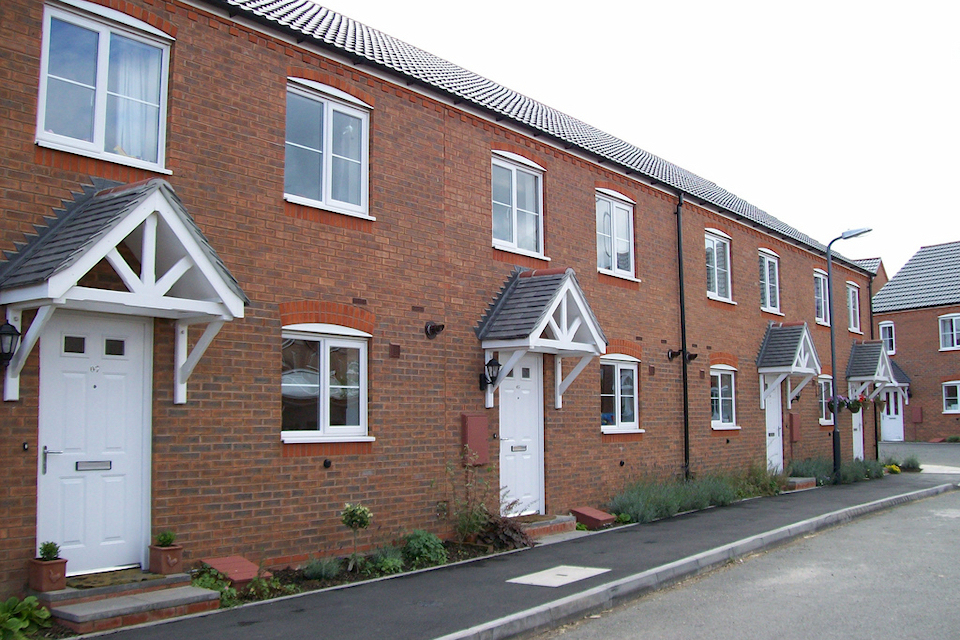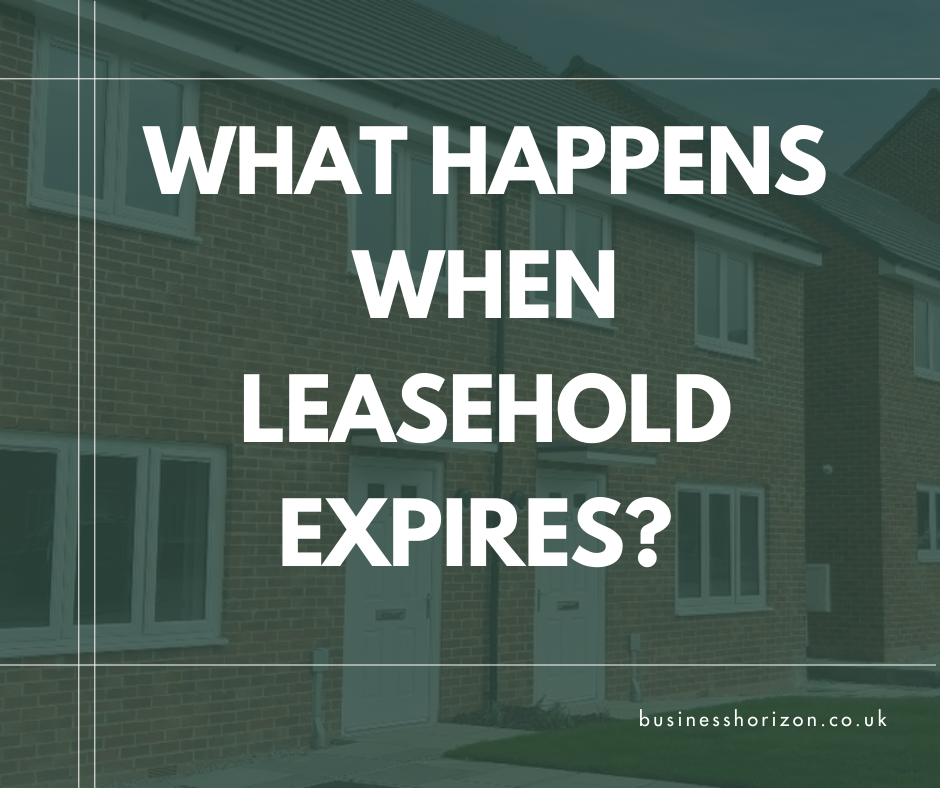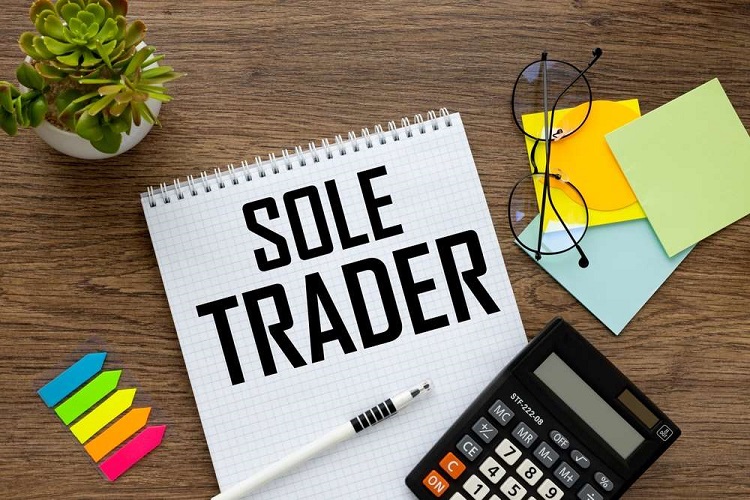If you’re living in a council house, or about to move into one, chances are you’ll go through an inspection at some point. It might sound a bit nerve-wracking, but really, it’s a routine check. Still, it helps to know what’s involved, what the inspectors are looking for, and how to be ready without stressing over it.
Why Inspections Happen in the First Place
Council house inspections aren’t random. They’re usually tied to a few things. Maybe you’ve requested a repair, or the council’s doing regular checks to make sure properties are being kept in decent condition. Sometimes it’s linked to tenancy changes or complaints (not necessarily about you, but maybe about the property in general).
The council has a duty to keep properties safe, liveable, and up to housing standards. And yes, they also want to make sure tenants are sticking to the rules of the agreement.
How You’ll Be Notified
You won’t just get a knock on the door one morning. Councils are required to give proper notice before turning up. That usually means at least 24 to 48 hours’ notice in writing or via a phone call. The letter or message should tell you the date, time, and purpose of the visit.
If you can’t make it, you should let them know as soon as possible. Rearranging is usually fine, especially if you’re dealing with work or other commitments. Just don’t ignore the message. They’ll turn up anyway if you don’t reply.
Who Shows Up?
It’s usually a housing officer or inspector from your local council. Occasionally, there might be someone else too, like a repairs contractor or a surveyor, if they need specialist input. They’ll always have ID on them. Don’t be shy about asking to see it before letting them in.
Sometimes, if the visit is about something like damp or structural issues, someone from environmental health could be involved. But again, they’ll let you know ahead of time.
What They’re Looking For
Here’s where most people start to feel a bit uneasy, but don’t panic. The inspection isn’t there to trip you up or catch you out. It’s just about making sure the property’s safe and being looked after properly.
Inspectors will usually look at:
- General condition of the property: Are there obvious signs of damage, neglect, or unauthorised changes?
- Repairs and maintenance issues: This can include damp, mould, leaks, broken fixtures, damaged doors or windows, and anything affecting day-to-day living.
- Cleanliness and hygiene: No, it doesn’t have to be spotless. But if it’s a health risk (piles of rubbish, signs of pests), that’s a problem.
- Unauthorised alterations: Like knocking down walls or changing locks without permission. Even fitting your own kitchen can be an issue if it wasn’t agreed beforehand.
- Garden and outside areas: Overgrown gardens, broken fences, or rubbish left outside might be flagged.
- Fire safety: Are smoke alarms working? Any signs of blocked exits or fire hazards?
They might also ask questions about how you’re using the property. If you’ve sub-let a room, or if someone’s moved in recently, they may want to know. It’s not always a problem, but it does need to be declared properly.
How Long It Takes
Most inspections are pretty quick, 20 to 45 minutes depending on the size of the property and what they find. If they spot serious issues, they might stay longer or arrange for another visit.
They may take photos (mainly of issues that need repairs) and make notes as they go. You don’t have to follow them from room to room, but it can help if you’re there to answer questions.
What If Something’s Wrong?
If they find anything that needs fixing, they’ll usually add it to a repairs list and arrange for follow-up work. In cases where the tenant’s responsible (like damage caused by neglect or unauthorised changes), they might talk to you about sorting it out yourself, or they may arrange the repair and bill you for it.
Now, if it’s a really serious issue, like major hoarding, illegal activity, or serious damage, they might take further action. That’s rare, but it can happen. More often, they’ll just ask for it to be resolved by a certain date and check back later.
What You Can Do Before the Visit
You don’t have to go overboard, but a bit of prep helps. Here are a few things worth doing:
- Tidy up: Just enough that they can walk through and see everything clearly. You don’t need to deep-clean.
- Make sure they can access everything: Unlock any rooms or cupboards they might need to check (like the boiler).
- List any problems you’ve noticed: Even small things. It’s your chance to flag stuff that needs sorting.
- Check smoke alarms and carbon monoxide detectors: These are a common check point.
And if you’re worried about anything, just ask. You can call the housing team ahead of time to talk through concerns. They’d rather help than catch you off guard.
After the Inspection
You’ll usually get a summary of what was found. If repairs are needed, the council should give you an idea of what’s next and when. If there’s nothing major to worry about, that might be the end of it.
Sometimes, they’ll send a formal letter confirming what they saw and what, if anything, needs doing. If you disagree with something they’ve said, you’re allowed to respond, either in writing or by phone. Keep a record of everything, just in case.


